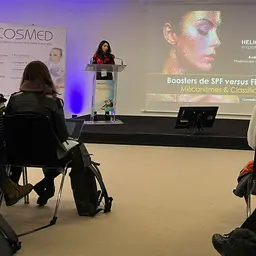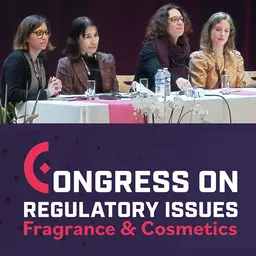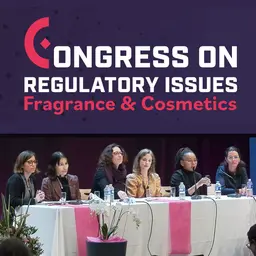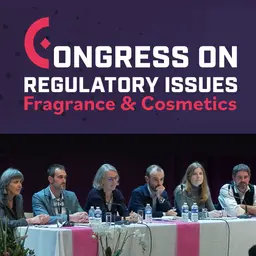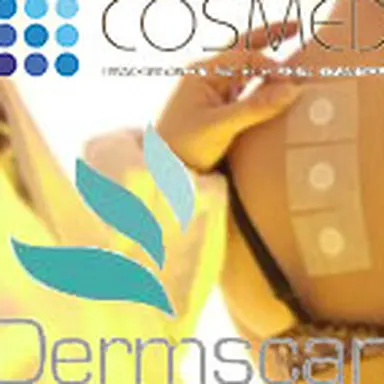
Cosmetic products formulated for sensitive or intolerant skin often claim to be"hypoallergenic","high tolerance","dermatologically tested","soothing"… What specific tests should be carried out to support these claims? This was the theme of Anne Sirvent's speech, from the Dermscan laboratory, during the Scientific and Technical Exchange Day organised by Cosmed on 11 October.
Introducing her remarks, Anne Sirvent, Head of Scientific Communication at Dermscan laboratory began with a reminder of the regulatory context, with its two aspects: - regulations related to the cosmetic product, - regulations related to human testing.
Cosmetic regulations
It is divided into two texts: - Regulation 1223/2009 on cosmetic products, - CSAS Handbook 1501/12.
Regulation 1223/2009
In its Article 3, the Cosmetics Regulation stipulates that:"… cosmetic products made available on the market must be safe for human health when used under normal or reasonably foreseeable conditions of use ". And states, in Article 10, that" before a cosmetic product is placed on the market, the person responsible shall ensure that, in order to ensure that the product complies with Article 3, its safety is assessed on the basis of appropriate information and that a report on the safety of the cosmetic product is drawn up in accordance with Annex I ". Article 11 on the Product Information Folder adds that the Product Information Folder must contain:"The Product Information Folder shall contain them evidence of claimed effect by the cosmetic product", and Annex I that:"particular emphasis should be placed on the assessment of local toxicity ( skin irritation and eyes), …







